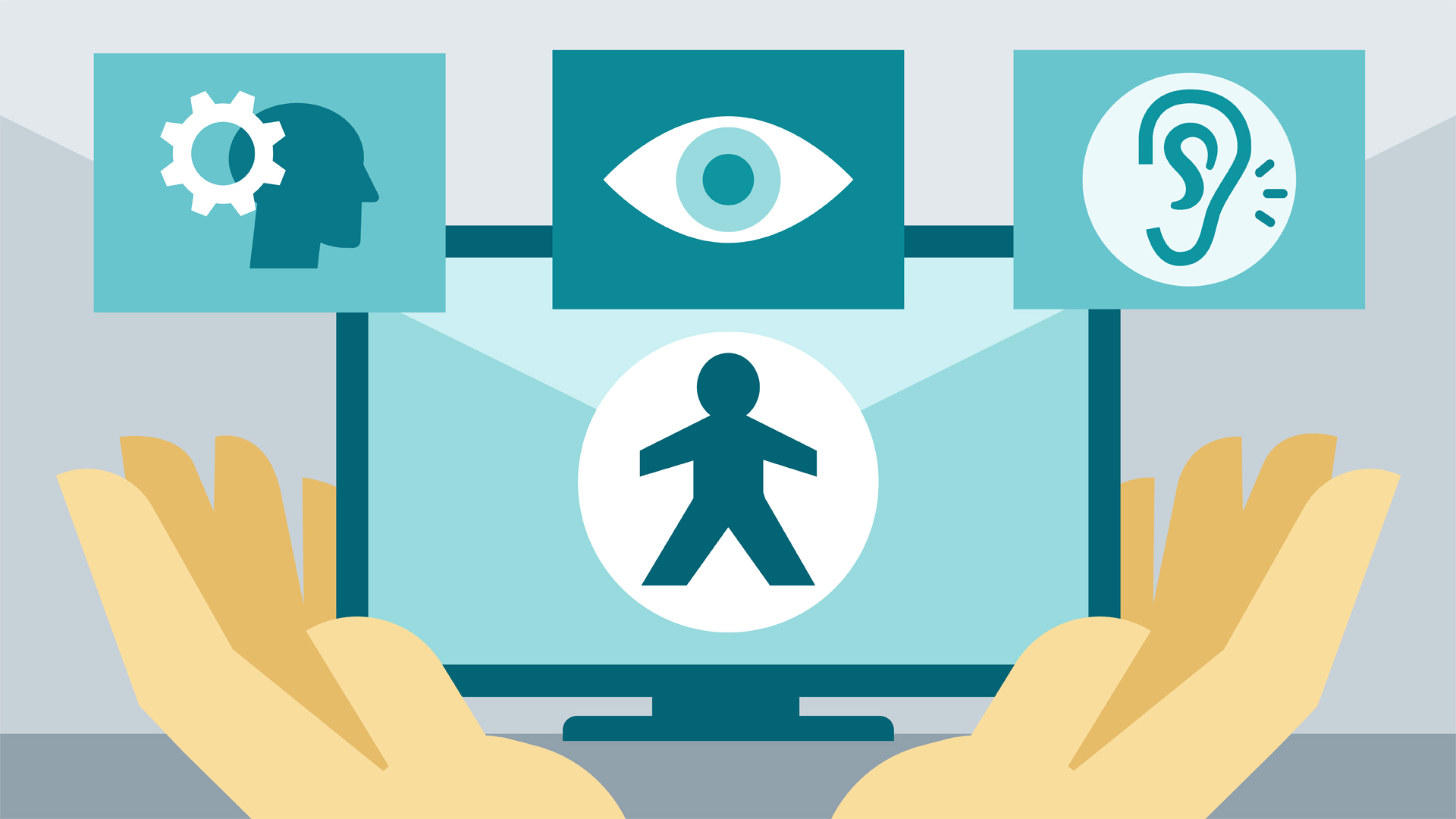Pulse of Information
Your source for the latest insights and updates.
Web Accessibility: Not Just a Checkbox
Unlock the true power of web accessibility; discover why it’s more than just a checkbox for inclusivity and success!
Understanding Web Accessibility: Why It Matters Beyond Compliance
Understanding web accessibility goes beyond merely adhering to legal requirements or compliance standards. It is about ensuring that all users, regardless of their abilities or disabilities, can effectively access and navigate the online world. With an estimated 15% of the global population living with some form of disability, the importance of creating inclusive digital environments cannot be overstated. By prioritizing web accessibility, businesses and organizations not only expand their audience reach but also demonstrate a commitment to social responsibility and inclusivity.
Adopting accessible web practices also enhances overall user experience for everyone. Features like improved keyboard navigation, use of alternative text for images, and clear content structure benefit not just those with disabilities but all users navigating diverse devices and environments. Furthermore, search engines favor accessible sites, which can lead to better SEO rankings. Therefore, investing in web accessibility is not just about compliance; it’s a strategic advantage that fosters user loyalty and trust.

Common Myths About Web Accessibility Debunked
When discussing web accessibility, many myths persist that can hinder progress in making websites usable for everyone. One common misconception is that accessibility only benefits people with disabilities. In reality, a well-designed accessible site improves the user experience for all visitors. By implementing features that enhance accessibility, such as responsive design and keyboard navigation, websites become easier to use for everyone, including older adults or individuals accessing the site from different devices.
Another prevalent myth is that making a website accessible is an expensive and complicated process. While it may require an initial investment of time and resources, accessibility can actually lead to improved usability and increased audience engagement. By following established guidelines, such as the Web Content Accessibility Guidelines (WCAG), developers can ensure their websites are accessible without incurring substantial costs. Ultimately, the benefits of having an accessible web presence far outweigh the challenges associated with it.
How to Create an Inclusive Online Experience for All Users
Creating an inclusive online experience starts with understanding the diverse needs of your users. Begin by evaluating your website's design and functionality to ensure accessibility for individuals with disabilities. This can include implementing alt text for images, using sufficient color contrast, and designing responsive layouts that function well on all devices. Additionally, consider using clear language and providing alternatives for multimedia content, such as captions for videos and transcripts for audio files, to accommodate users with different preferences and abilities.
Beyond technical accessibility, fostering an inclusive online environment also means embracing cultural diversity and different perspectives. Encourage user feedback through surveys and usability testing, allowing individuals from various backgrounds to share their experiences and suggestions. Implementing a diverse array of content, such as using representation in images and language that reflects inclusivity, can help all users feel valued and understood. By prioritizing these strategies, you can create an online experience that is welcoming and engaging for everyone.